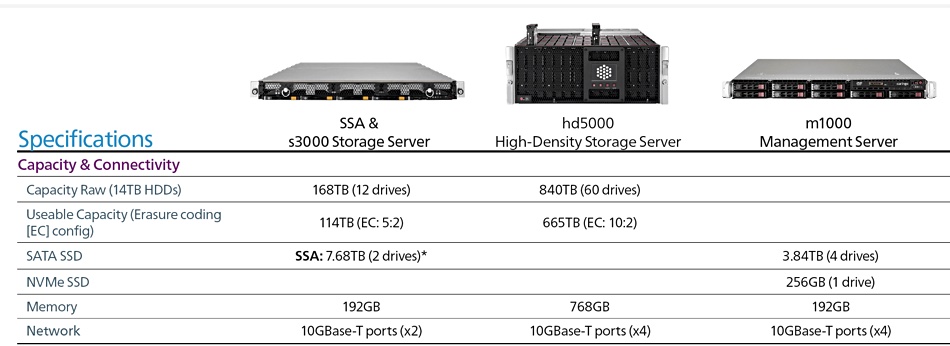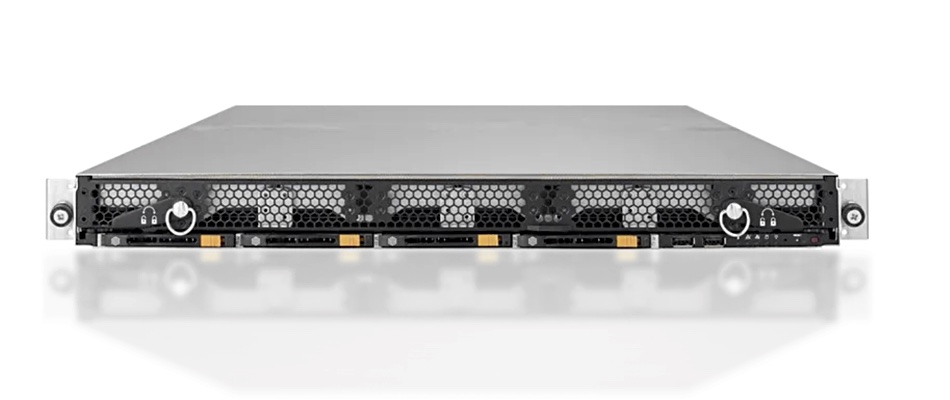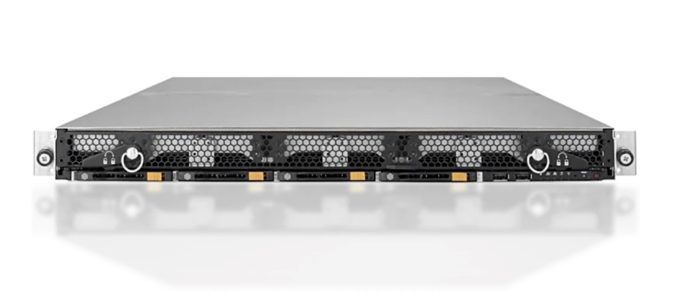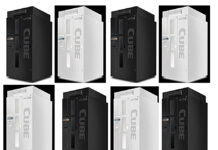Caringo, an object storage software supplier, has launched a set of appliances that run a new version of its Swarm software.
Swarm 11.1 includes built-in content management, search and metadata management. It has improved S3 compliance, faster software performance, email and Slack alerting and has integrate Elasticsearch 6.
Caringo claims Swarm Server Appliances (SSA) start at 32 per cent less than the cost of other on-premises object storage systems, and 42 per cent less than Amazon S3 storage service fees for the same capacity over 3 years.
CEO Tony Barbagallo said the new appliances “can deliver instant access to archives, enabling remote workflows and streaming services”.
The company has launched four appliances.
- The 1U SSA (Single Server Appliance) with 2 x 7.68TB SSDs for remote offices and small-to-medium workloads,
- s3000 1U Standard Server with 12 x 14TB disk drives giving 168TB raw (111.4TB usable after replication and erasure coding) and clustered with minimum 3-nodes,
- hd5000 4U High-Density server with 60 x 14TB drives meaning 840TB raw (665TB usable).
- m1000 1U Management Server with 4 x 960GB SATA SSD and a single 256GB NVMe SSD.

A cluster can scale to more than 1000 nodes. That delivers 504TB raw in 3u.

All software functions run in virtual machines on the SSA but in the m1000 Management Servers when clustered s3000 and/or hd5000 appliances are used. They can run on VMs in a customer’s virtual environment. Using the m1000 means content-related software functions run in flash, while bulk storage uses nearline drives.
Content can be backed up to any S3-compliant target, either in the public cloud or on-premises.
The appliances and Swarm 11.1 are available now.
The ‘nines’ numbers
Caringo claims the SSA provides 10 ‘nines; of data durability (99.99999999 per cent) while a cluster of s3000s and hd5000s can provide between 13 and 25 ‘nines’ (up to 99.99999999999999999999999 per cent) dependent upon the specific data protection method and number of deployed nodes.
Two ‘nines’ (99%) means you could lose one object out of 100 in a year. Five ‘nines’ (99.999%) means you could lose one object out of 100,000 in a year. Ten ‘nines’ means a loss of up to one object from 10,000,000,000 (10 billion in a year. And 25 ‘nines’ means you could lose one object from 10,000,000,000,000,000,000,000,000 objects in a year. That’s one in 10 septillion objects lost per year.








